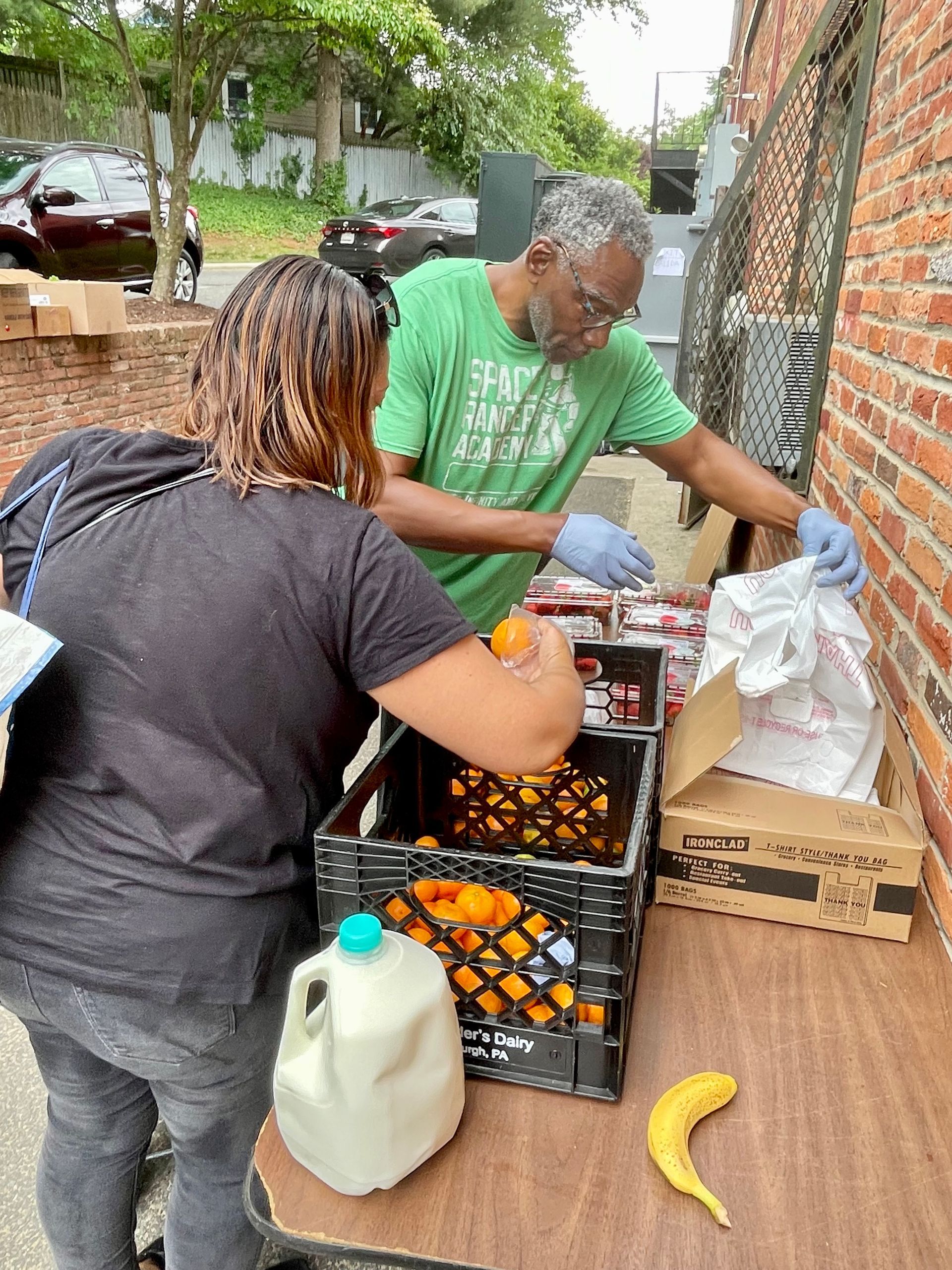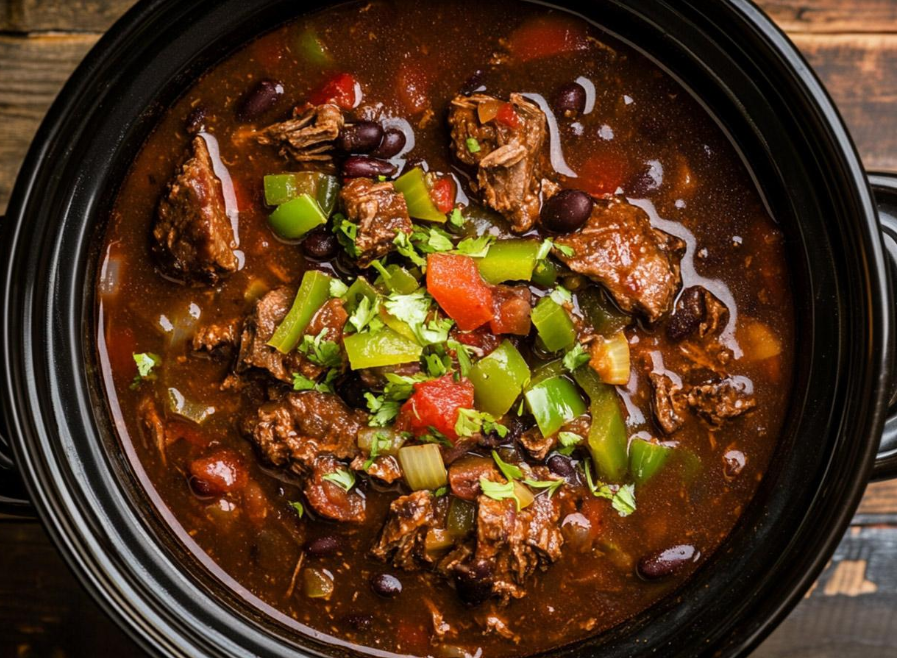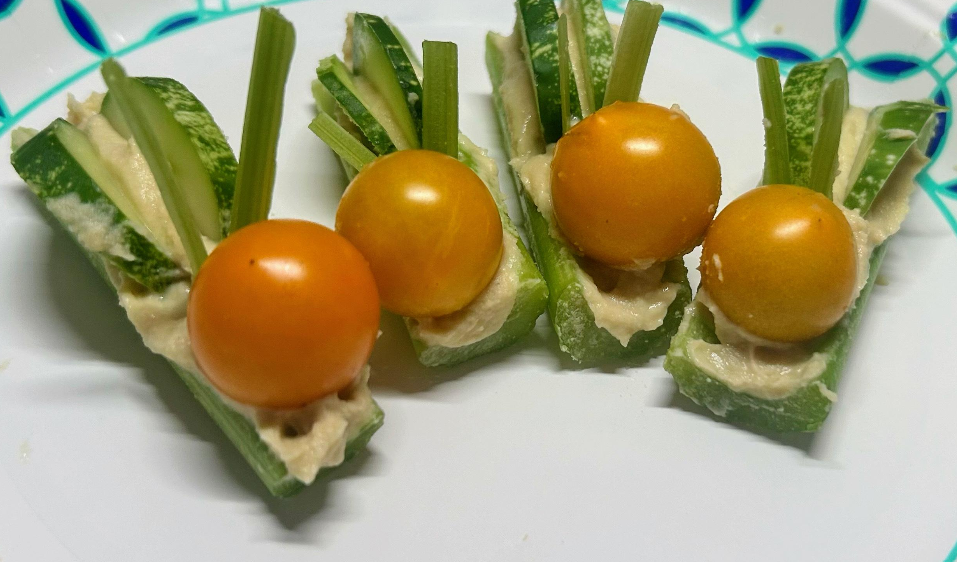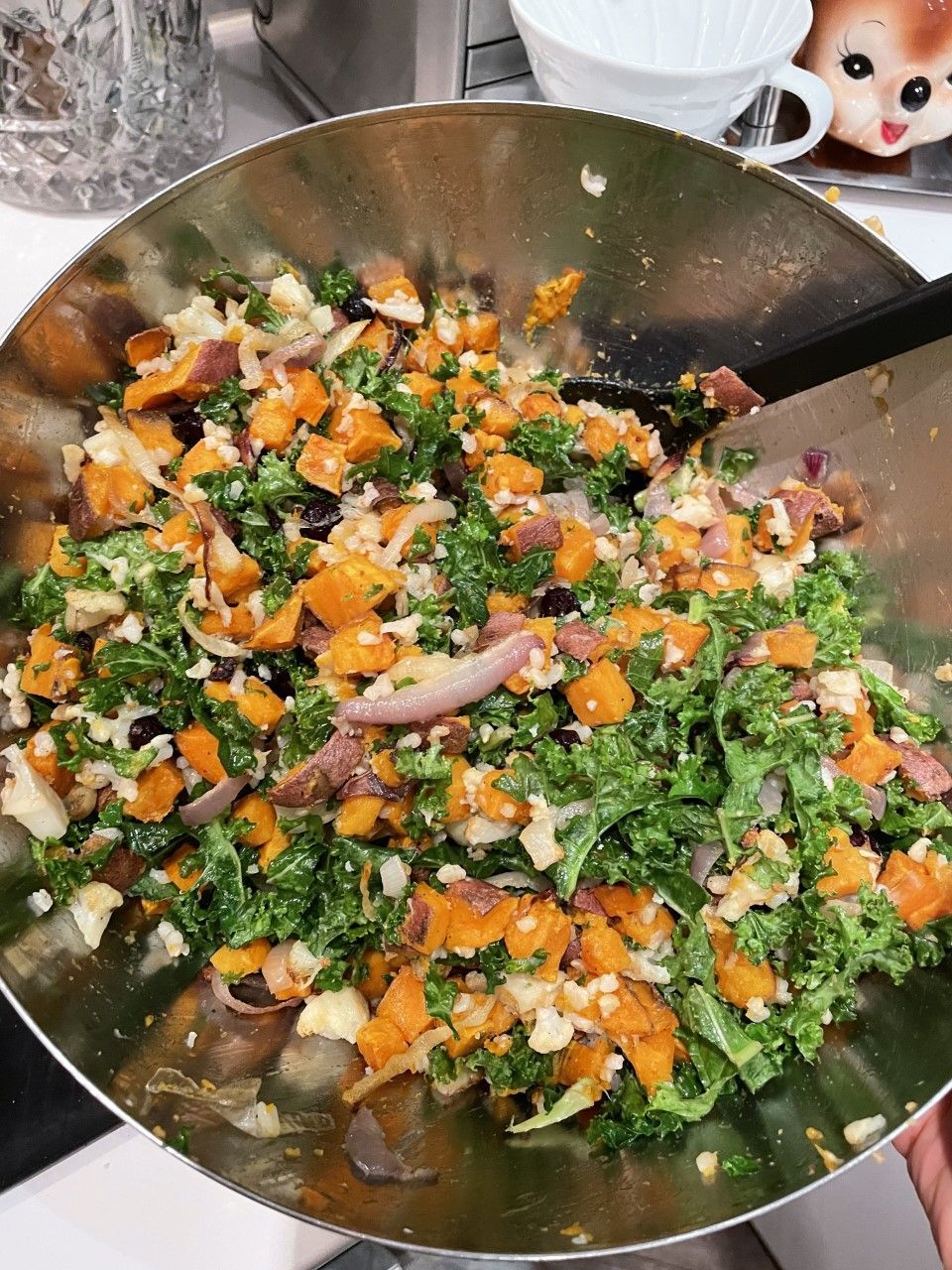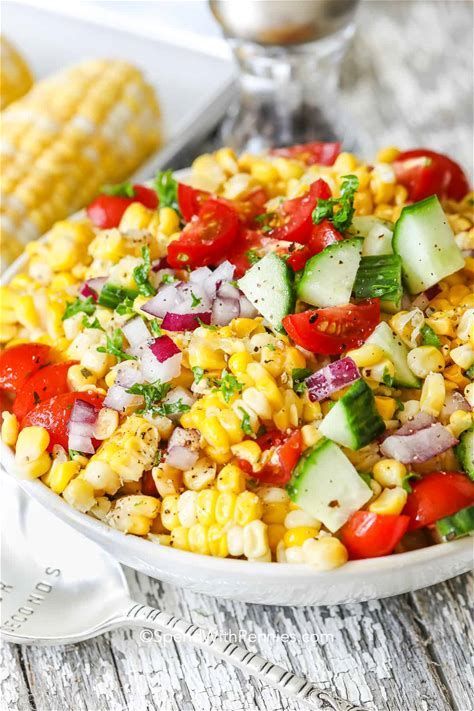January 2025
For healthy eating in January, consider the following
- Meal plan nutritious dinners with soups, salads, and lightened-up pastas.
- Choose lean proteins like chicken, seafood, and tofu.
- Include seasonal foods like squash, broccoli, and sweet potatoes.
- Prepare easy dinners that come together in 30 minutes or less.
New Years Resolution: Get in shape
Getting in better shape is consistently one of the most common New Year's resolutions people make each year, but many have a hard time following through. Dani Johnson, a wellness physical therapist with the Mayo Clinic Healthy Living Program, offers tips to make it easier to stick to a resolution to get in shape.
Most people have done it at least once. They make a New Year's resolution to get in better shape, but give up after a few days or weeks.
Johnson says there are a few things you can do to increase your odds of making good on that resolution.
"Making sure that you start with a really realistic goal," Johnson says, is the first step, "then really thinking about what do you enjoy."
Johnson says one of the first hurdles that trips a lot of people up is forcing themselves to do exercises they hate.
"[Start] looking at some new goals that you can be excited about," she says. "Exercise should not be drudgery. Exercise should be fun."
Johnson says it's also important to be realistic about your time commitment.
"Maybe you only have 20, 30 minutes three days a week," she says. "Start from a place where we can build success. You can always add more."
But above all else, she says, be honest with yourself about what you can stick to. If it's not a feasible goal, your chances of achieving it drop drastically.
"So having realistic, healthy expectations can be a really good way to move forward in a very successful physical activity plan."
Slow Cooker Venison Chili
Celery Bugs
Veganuary and its health benefits explained - including lower risk of heart attack
Veganuary is the perfect opportunity to try new recipes and give your body a much-needed health kick after Christmas.
With the arrival of 2024, many people will start thinking about New Year's resolutions. Thousands will most likely opt to try out Veganuary - a month-long challenge where you eat only plant-based foods for the whole of January.
The popularity of Veganuary has boomed over the years with nearly 610,000 people across 220 countries taking part in the challenge in 2022. The number of plant-based products available at supermarkets has also risen, making it easier than ever for people to give it a go.
What is Veganuary?
Veganuary is an organisation that launched the challenge back in 2014. The movement has grown massively since then from 3,000 participants to 500,000 last year with people choosing a vegan diet for a whole month.
This means that you cannot eat, drink or use any animal products or by-products such as meat, fish, or dairy products. It also includes animal-derived ingredients including gelatine or certain fining agents used in certain wines and beers.
What are the health benefits?
Research has shown leading a plant-based diet has a number of health benefits. as the diet is packed with a variety of fruits and veggies has been linked to a reduced risk of type 2 diabetes, heart disease, and cancer. It is also said to help you lose excess weight, improve kidney function and lower blood sugar levels.
Studies have shown that a vegan or vegetarian diet could help cut the risk of heart failure by 42 percent. However, poorly-managed vegan diets could leave some people with nutrient deficiencies that have potentially severe consequences, scientists have warned.
Why else do people do Veganuary?
Others choose to take part in Veganuary for the environmental benefits. Research has shown that vegan diets resulted in 75 percent less climate-heating emissions, water pollution and land use than non-vegan diets.
Meat is also responsible for nearly 60 percent of all greenhouse gases from food production. Agriculture is a big producer of methane - a greenhouse gas - and many people also take part to raise awareness of the suffering faced by animals by unethical farming practices.
Those who have done Veganuary have also spoken of how the challenge helped to broaden their palettes and increase their cooking skills. It's a great way to encourage people to try new recipes and unlocking new flavours.
By:
Laura Williams TV and Showbiz Reporter
Thank you for participating to our Food as Medicine Program through our partner schools. Your participation has brought more than just health to your table—it's brought joy and community spirit. As we aim to grow and refine this initiative, we deeply value your perspectives and experiences.
Please click
HERE or scan the QR code for very brief survey.


